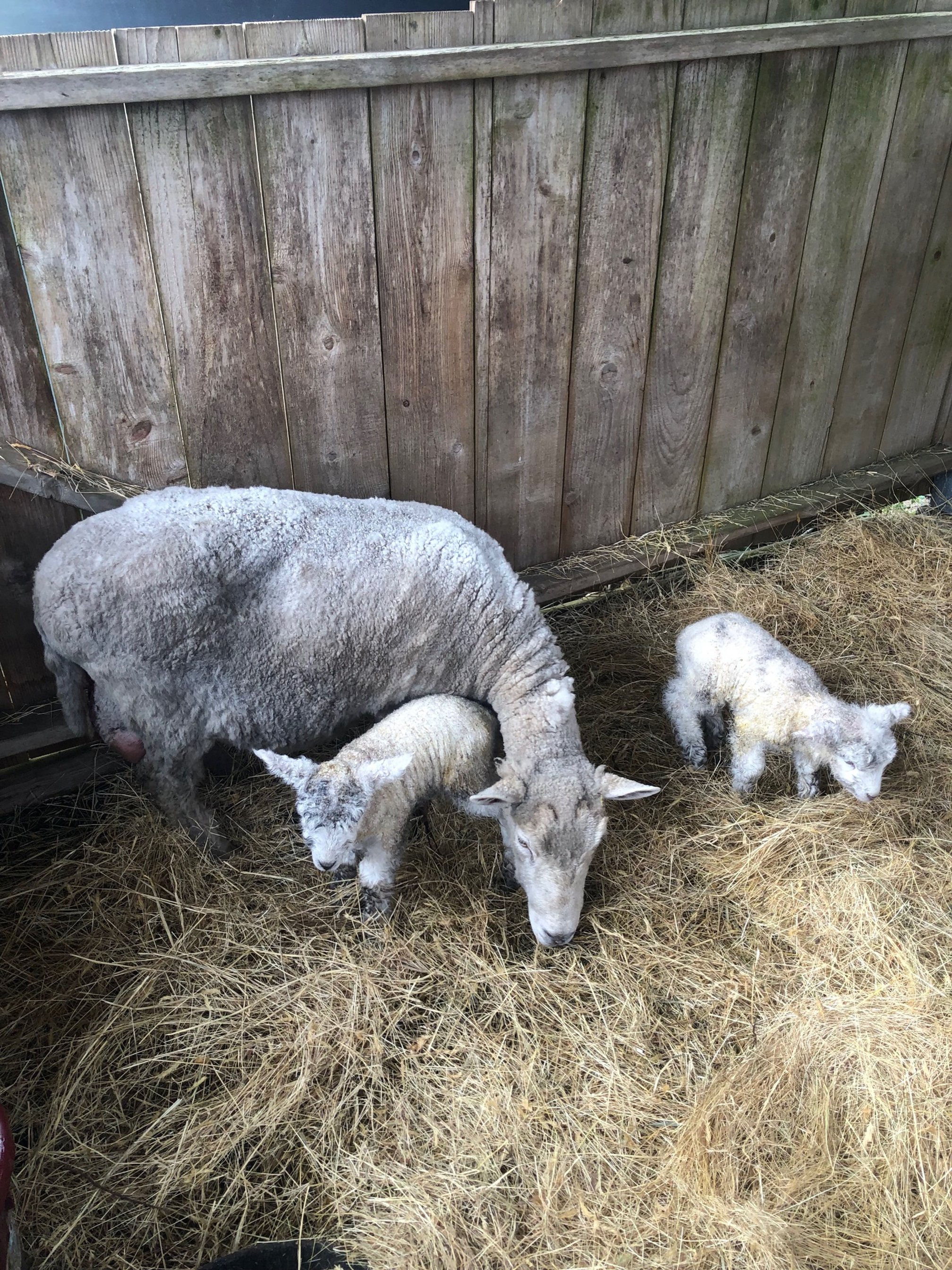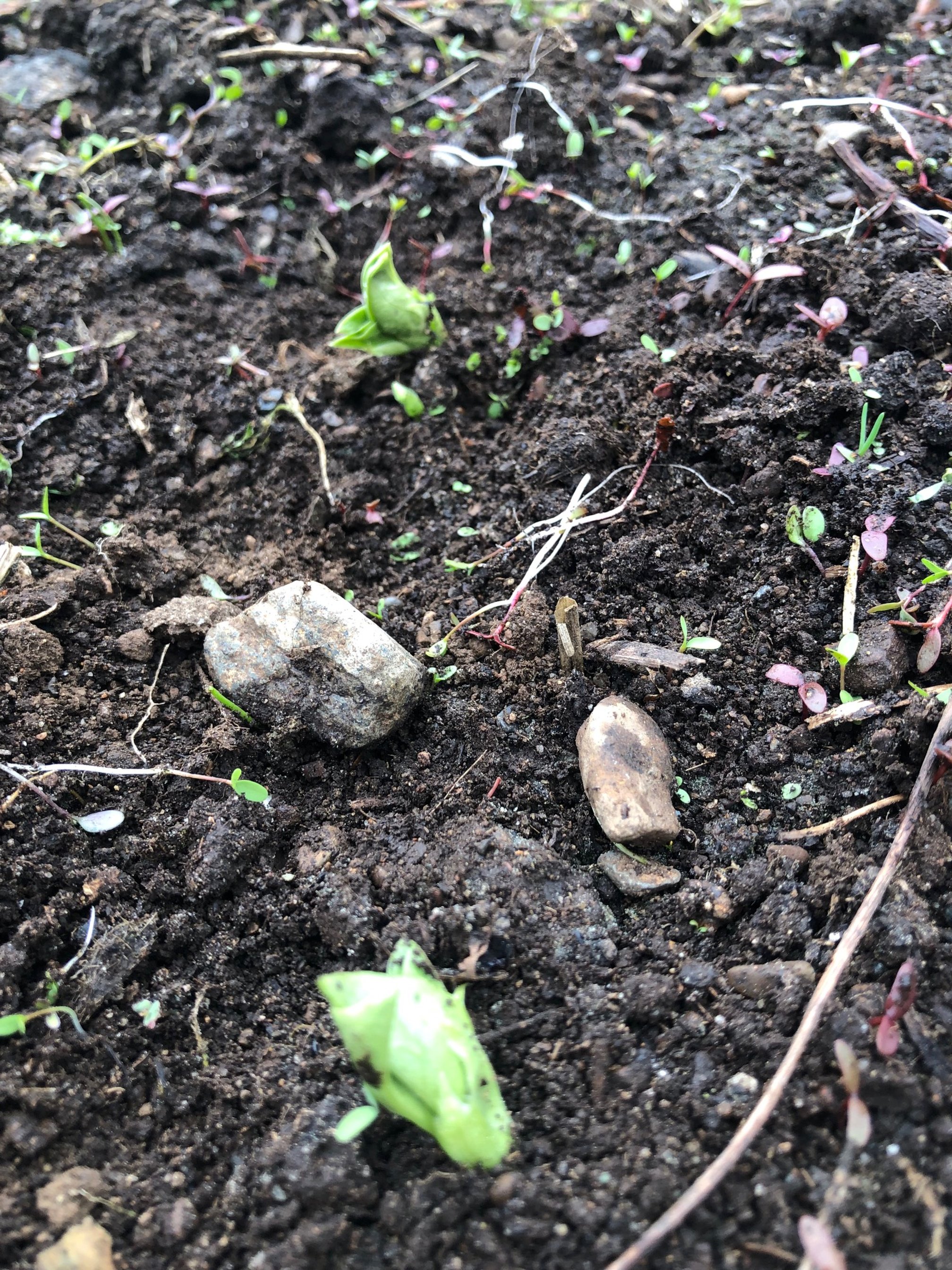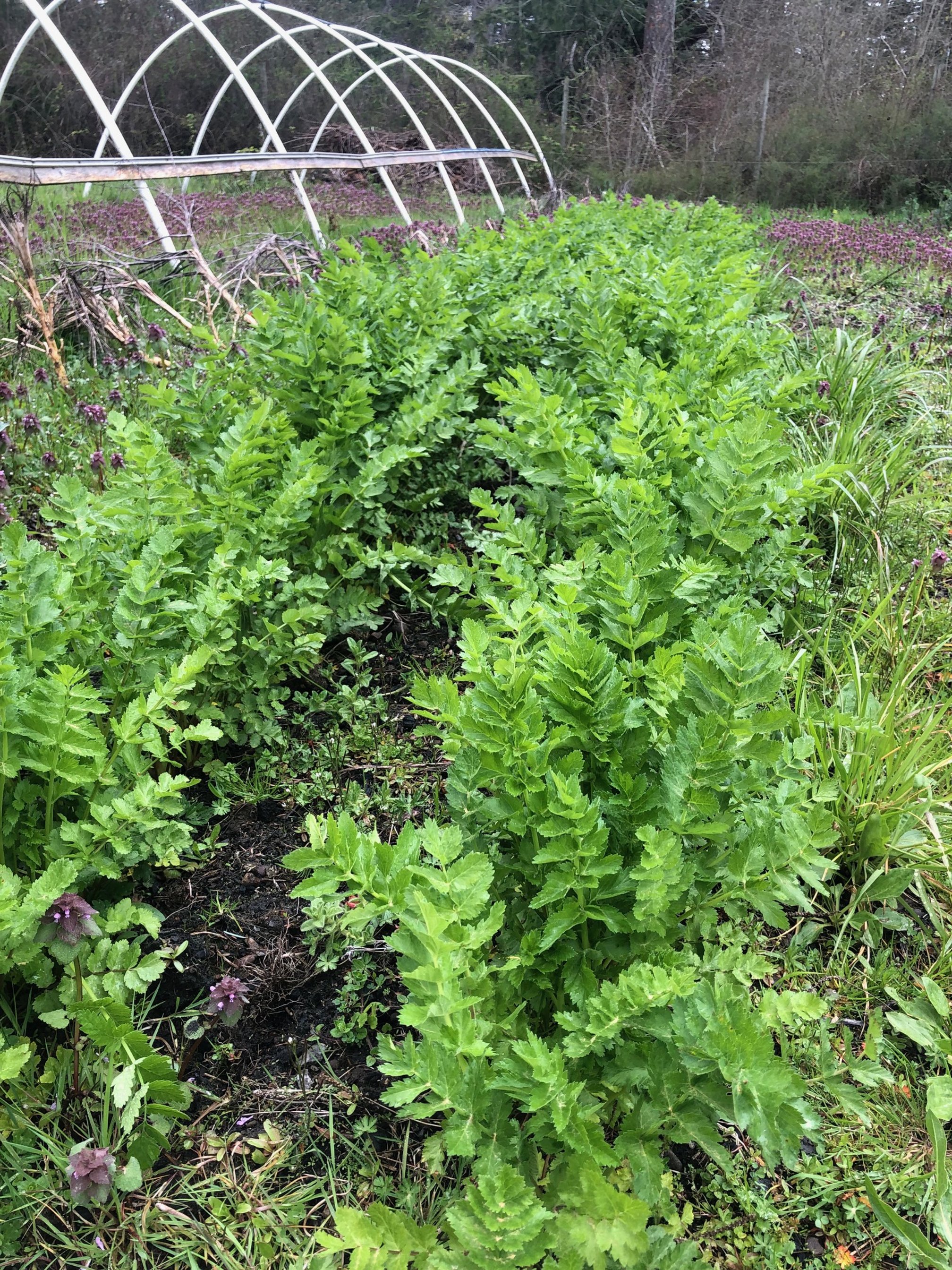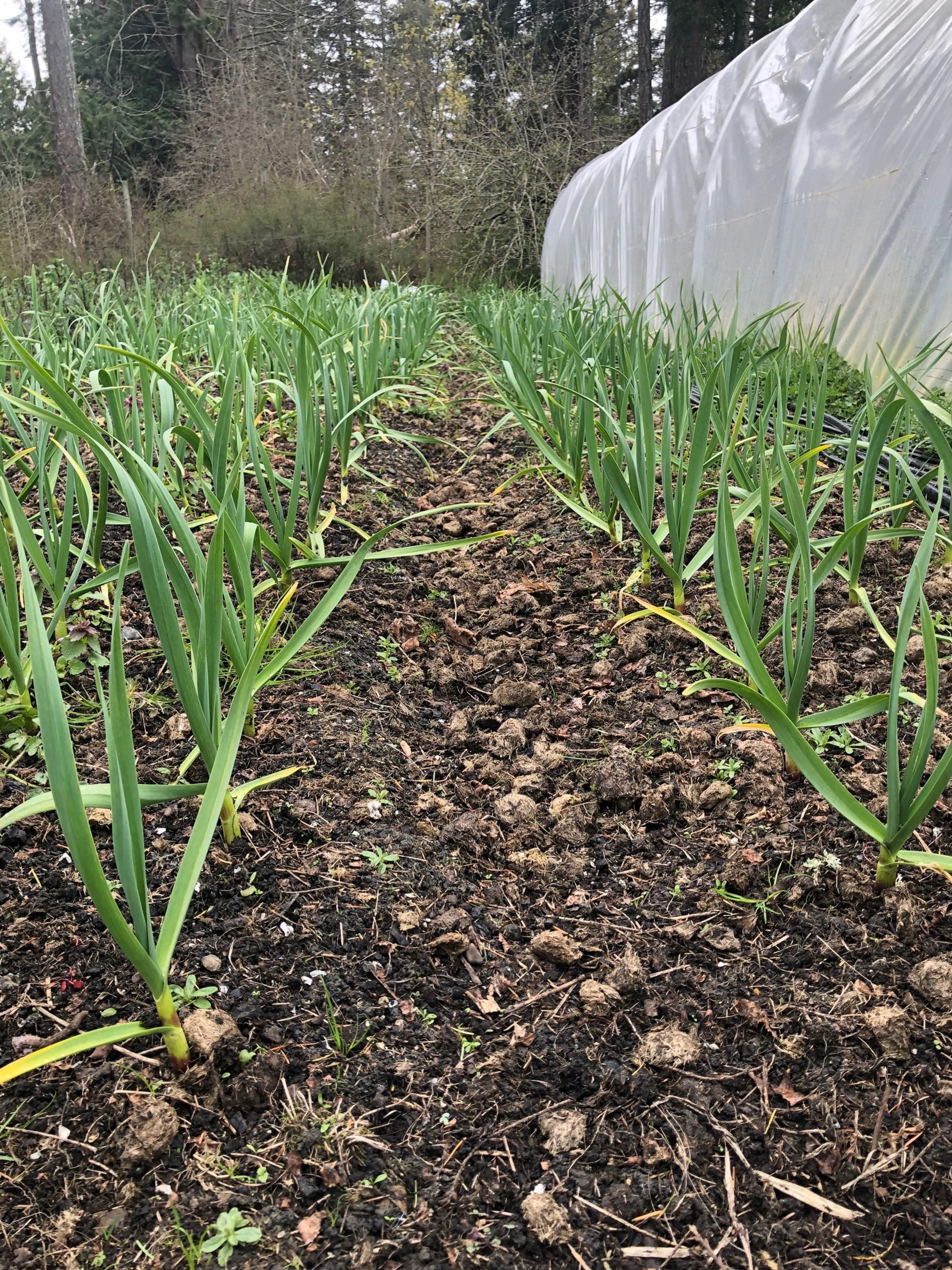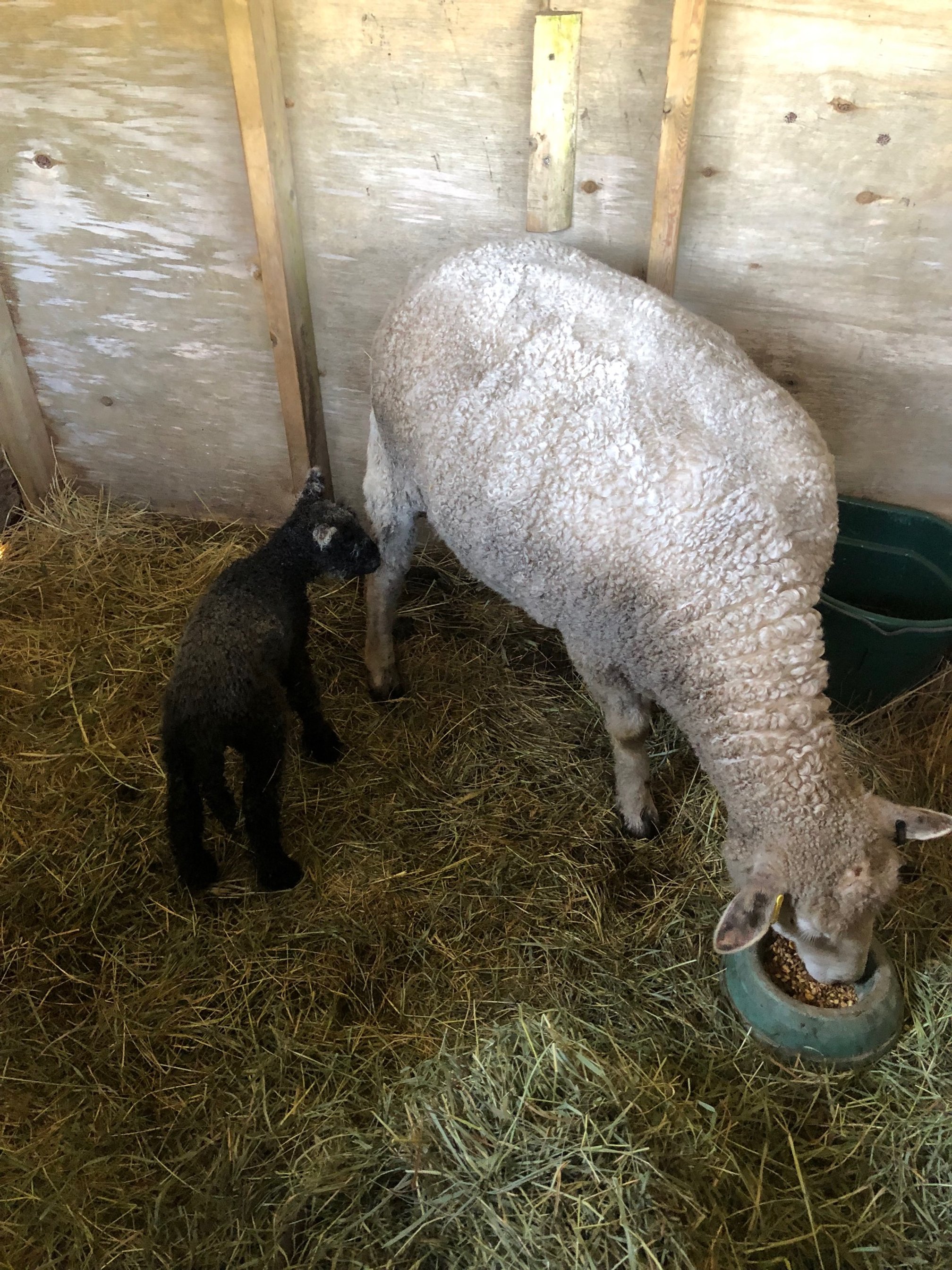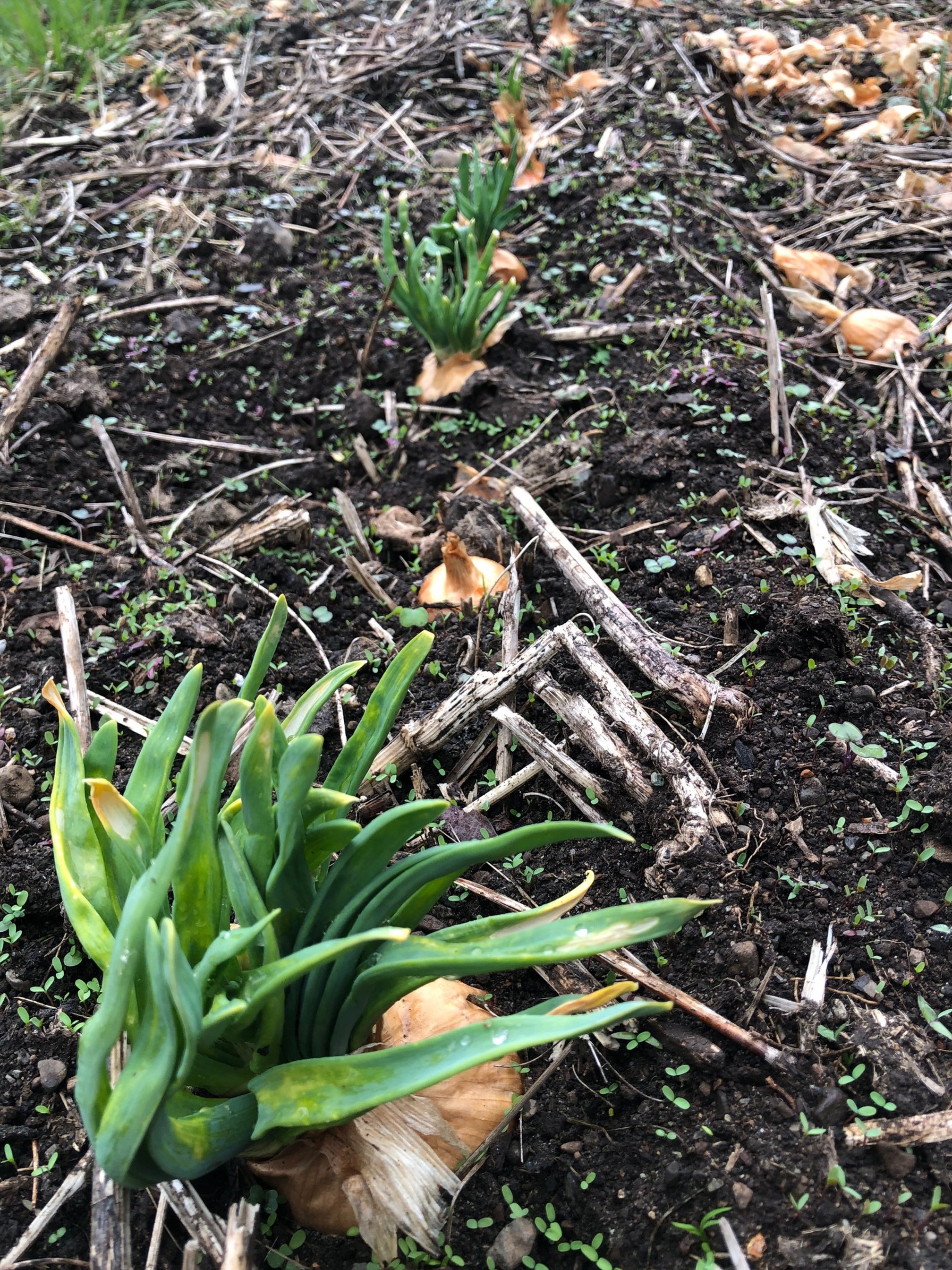15% off Spring Sale. Peas, beans, our garden heritage
Spring greetings to all! It finally feels like Spring, and it is about time. Even though the nights are still a bit cool, it is time to plant the hardier crops outside: Peas and Broad beans, for example.
I know that the really keen gardeners are scoffing, having started multiple trays of greens inside weeks ago, and they are transplanting into the ground now. Excellent! That is the goal. Timing is everything, and if you have nailed it perfectly this year then congratulations to you! I have (like usual) timed some things perfectly, and missed the boat on others. My broad beans are already poking through the soil, and it looks like every seed sprouted. If you are new to gardening— or even if you are experienced, but get frustrated with occasional failures— then you have to grow Broad beans.
There is a reason that Broad beans (also called Fava beans) have been grown for thousands of years, and are one of the oldest of our cultivated crops. They are easy to grow, for one. They are the highest nitrogen fixer of all the legumes, for another. In fact, if you grow a crop of broad beans, you can plant another vegetable crop after with no fertilization, as long as it isn’t a nutrient hog like corn. Lettuce, chard, kale, all of these would be fine.
Peas can also be planted right now. Snaps, shelling, soup peas, or snow peas. Peas have been planted since antiquity, enjoyed by the Egyptians, the Romans, and every other culture since, as a dried pea for soup or dal, but also for its edible shoots, as animal fodder, as a field crop to maintain fertility (as a nitrogen fixer like broad beans), and only recently since the 1800’s for its edible pods.
Did you know that when you plant peas in your garden you become part of a tradition that goes back over 9000 years? That’s when we started growing peas! Think about that.
A friend of mine gifted me with some tomatoes that he started in early January. This was a few weeks ago and they are a good 3 feet tall now. My windows were being shaded by tomato foliage as the only place I had to put them was on the windowsills but they were getting too darn large, so I had to put them outside in our potting greenhouse. It is still cool at night so I thought they would suffer terribly. Nope. After two days they were still perky and ready to go so I planted them in an unheated greenhouse. They are as happy as can be, and many of them are already flowering, so it looks like we will have early tomatoes if we don’t get any freaky weather, which isn’t guaranteed of course.
Spring is the season of promise, of new beginnings, and here at our farm we are excited to spend the days outside, even if it is still a bit cool. The earth smells fresh, birds are staking out territory with beautiful song, all of our lambs have been born except for one yew, who is taking her own sweet time. If you can be outside enjoy it.
Everything in the store is 15% off for the next two weeks. We have run out of some seeds as usual, but still have lots of varieties left. Not only peas and broad beans, but kale, mustard, carrots, and parsnips can all be planted outside too. I always recommend planting carrots and parsnips right before we get a warm wet rainy spell. That gets ‘em going!
Finally, three people notified me that the Ardwyna tomato seeds didn’t sprout for them. I retested their germination, and sure enough, the seed went off. This isn’t common, but it does happen. If you bought Ardwyna seeds and they didn’t sprout for you please get in touch with me via email and I will refund your money or give you a store credit.
Here’s a few pictures from around the farm of goings on: lambs, early spring crops, overwintered seed crops like parsnip and onions, and our garlic crop.
Plant seeds, grow food. Be a part of our agricultural heritage.
Sal Dominelli
Sweet Rock Farm Seeds
